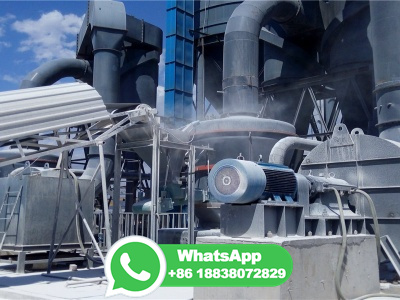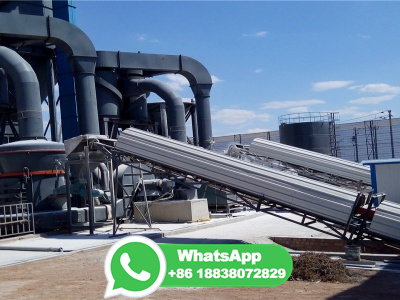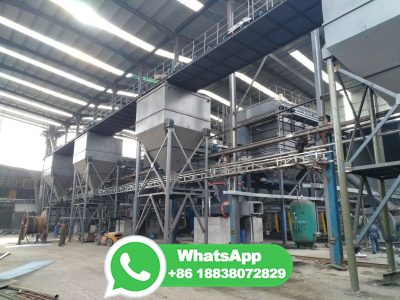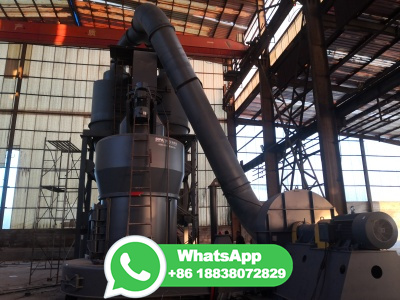A critical review on cohydrothermal carbonization of biomass and ...
1. Introduction. As the combustion of fossilbased solid fuels for energy production remained one of the largest contributors of global CO 2 emissions, the cofiring of coal and plastic residues with carbonneutral biomass attracted wide attention from researchers as a potential strategy for CO 2 reduction in power generation plants [1], [2].Meanwhile, coal is regarded as the largest source ...


































